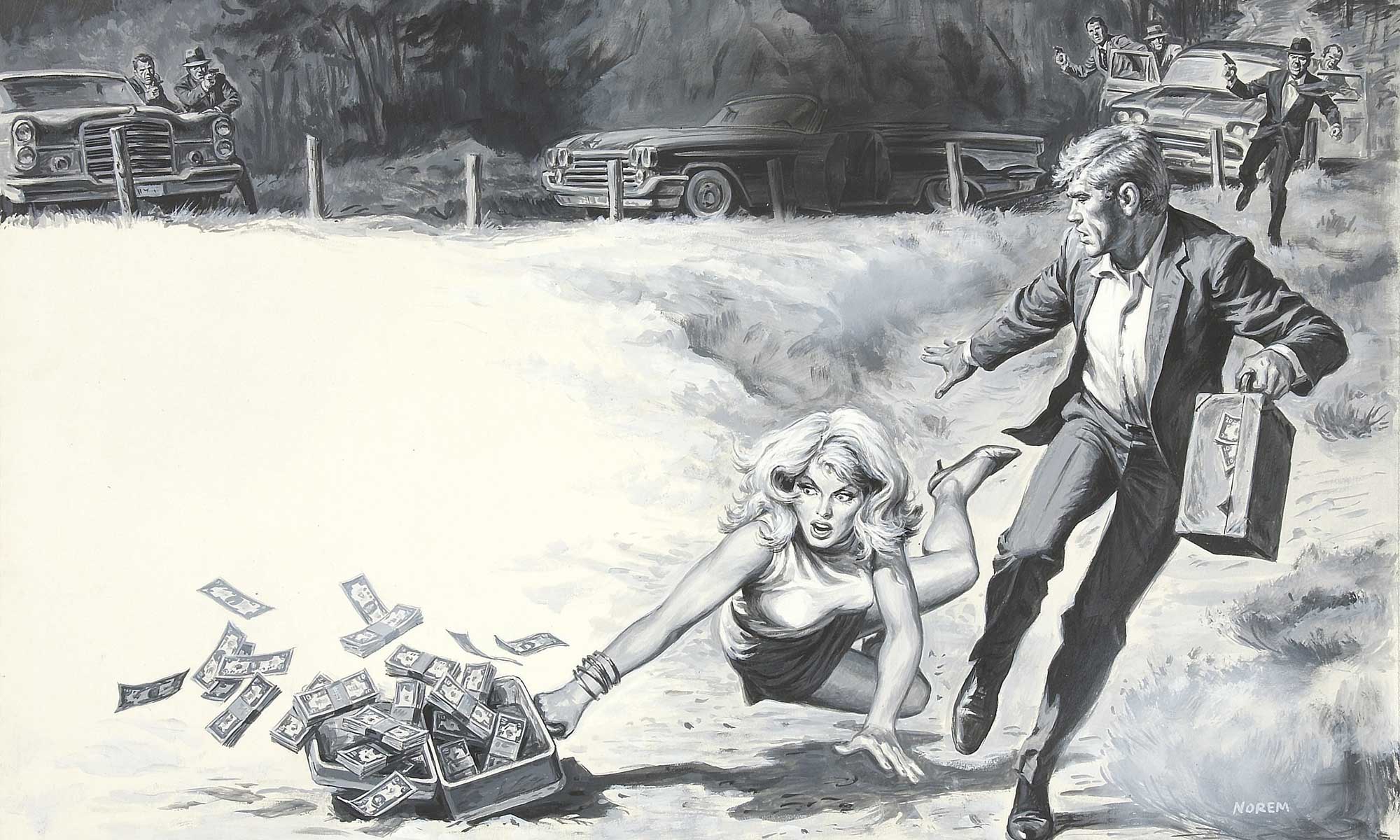And so is GWAR. They’ve done Undercover eight times now, which must be a record. Below is my favorite AVU performance of theirs, Kansas’s “Carry On My Wayward Son.”
A.V. Undercover archives are up now too. Right here.

Tales of True Adventure for Rugged Men Not Unlike Yourself
And so is GWAR. They’ve done Undercover eight times now, which must be a record. Below is my favorite AVU performance of theirs, Kansas’s “Carry On My Wayward Son.”
A.V. Undercover archives are up now too. Right here.
Oscar-nominated animated short from 1966. Anybody seen it before? Seems like I have, but who the hell knows anymore.
Did you bastards know there’s an official Midnight Special channel on YouTube releasing entire unedited episodes (as well as clips)? Holy shit, it’s a treasure trove!
Timestamped performances for this episode are here. I mostly just watched Sly and the Family Stone, obviously.
BONUS: Here’s another recently released episode with Mott the Hoople and The New York Dolls. Not sure who the guy is in the back playing the Thunderbird for the Dolls. Arthur Kane appears to be in a cast and is obviously miming …

How platforms decay, as explained by Cory Doctorow to NPR. Finally a name for what we may not consciously recognize but deep down know is going on.
… I think Facebook’s a good example. Facebook went through the whole lifecycle of platform decay. They started off by offering a really good deal to their end users. They said, “Hey, leave MySpace, come to Facebook. It’s just like MySpace, except we only show you the things that you asked to see, and we’ll never spy on you.”
And then once those users were locked in — because once you’re in a place with all of your friends, it’s really hard to leave — they started to take away some of that good stuff they gave them, and they handed it to advertisers and publishers.
To the advertisers, they said, “We were lying when we said we weren’t going to spy on these guys. We’re totally spying on them. Here’s all the data you need to target them for ads that we’re not going to charge you much money for.”
And to the publishers, they said, “We are also lying when we said we’d only show them the stuff they asked to see.”
And then once the publishers and the advertisers were locked in, well, they took away those surpluses. The ads got more expensive. Publishers had to put more and more of their content — not just to get recommended, but even to be shown to the people who subscribed them. And that’s the final stage, the stage where there’s just only the residual value left on the platform that the platform owner thinks will keep the users and the business customers they bring in stuck to the platform. And that’s when we’re at the beginning of the end.
Further reading.
Never made it more than about three minutes whenever I try to watch the infamous holiday special. This looks promising, though!
Guys who can play – pretending they can’t – while dressed as monsters is fucking genius.
The Mummies are an American garage punk band formed in San Bruno, California, in 1988. Exhibiting a defiantly raw and lo-fi sound, dubbed “budget rock”, the Mummies’ rebellious attitude and distinctive performance costumes exerted a major influence on garage punk and garage rock revival acts later in the decade, as well as in the 1990s. Their recorded output was intentionally completed with poor, cheap equipment, including their first and only studio album Never Been Caught, which was released after the group’s initial break-up. Since then, the Mummies have engaged in several positively-received reunion concerts and tours, including appearances in Europe and the US sporadically through to recent years. The band is currently working on a movie.
It’s positively ubiquitous! According to Gizmodo …
The sound effect that’s been heard in countless movies and TV shows over the decades technically has two birthdays. As a sound itself, it originally debuted in the 1951 film Distant Drums from singer-songwriter Sheb Wooley. But it was officially given its name with the minor character of Private Wilhelm in The Charge at Feather River, a western that came out July 11, 1953. In that movie, Wilhelm (played by actor Ralph Brooks) screams after being shot in the thigh with an arrow, which would come to define its use: in all of its appearances in future media, it would be used when someone got shot, blasted back by an explosion, or fell from a high distance.
Recently, CBS News did a story on the Wilhelm Scream, and the outlet revealed that it managed to find a tape with the first recording session Wooley did for the scream. CalArts researcher Craig Smith explained to CBS that he found the tape among many from the archives of the University of Southern California’s film school that were close to being trashed.
I like most of Wes Anderson’s films. They are quirky for sure, and not for everyone. I like his color palette, and symmetry. The script is usually pretty odd, but sometimes funny. This new one has another ensemble cast, but based on this trailer, I think it might be a miss. That being said, I don’t think any of his trailers make the films look great…
Any of you bastards fans of Wes Anderson?
I watched Tár this week. The featured musical pieces include Mahler’s Symphony No. 5 and Elgar’s Cello Concerto in E Minor (above). The subtleties are lost on my underdeveloped musical perceiving apparatus, but I rather enjoyed the passages from Elgar.
Also, and independently, I learned that the lyric from “A Quick One While He’s Away” is not
cello cello cello cello cello cello cello
but
jerrald jerrald jerrald jerrald jerrald jerrald jerrald
Steve Vai will attempt to set the Guinness World Record for the World’s Largest Online Guitar Lesson!